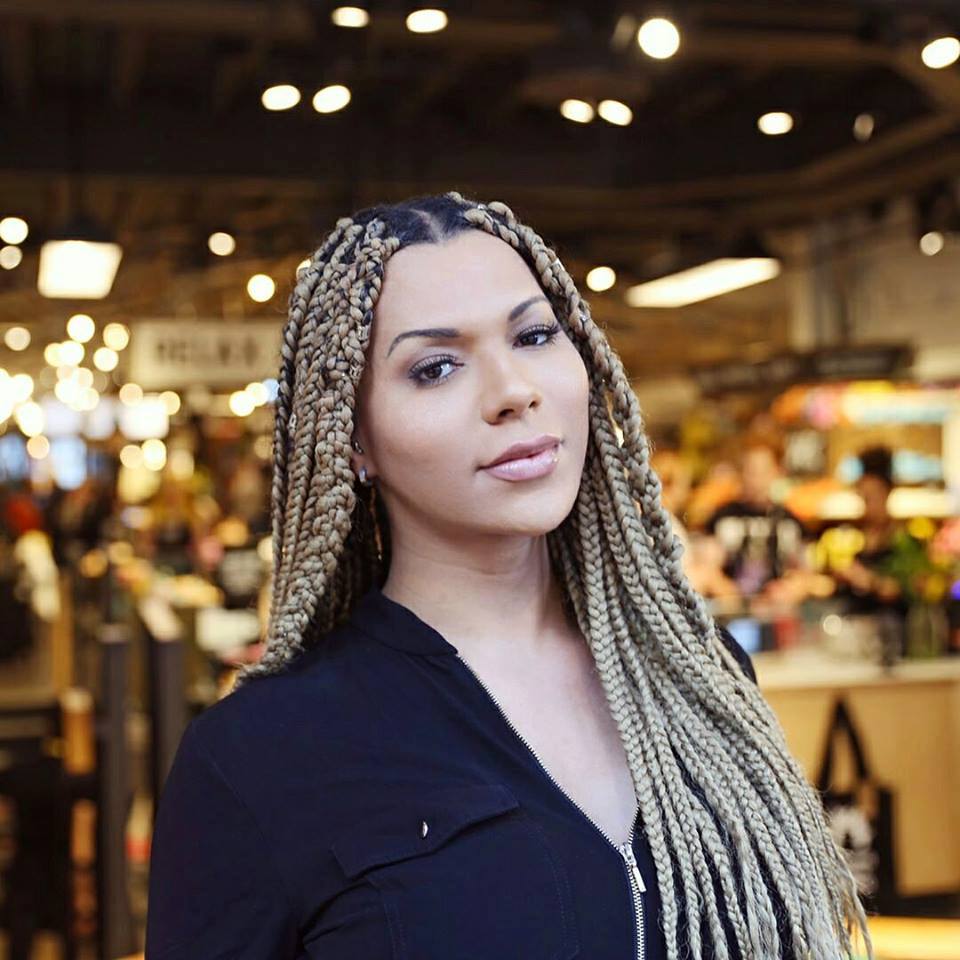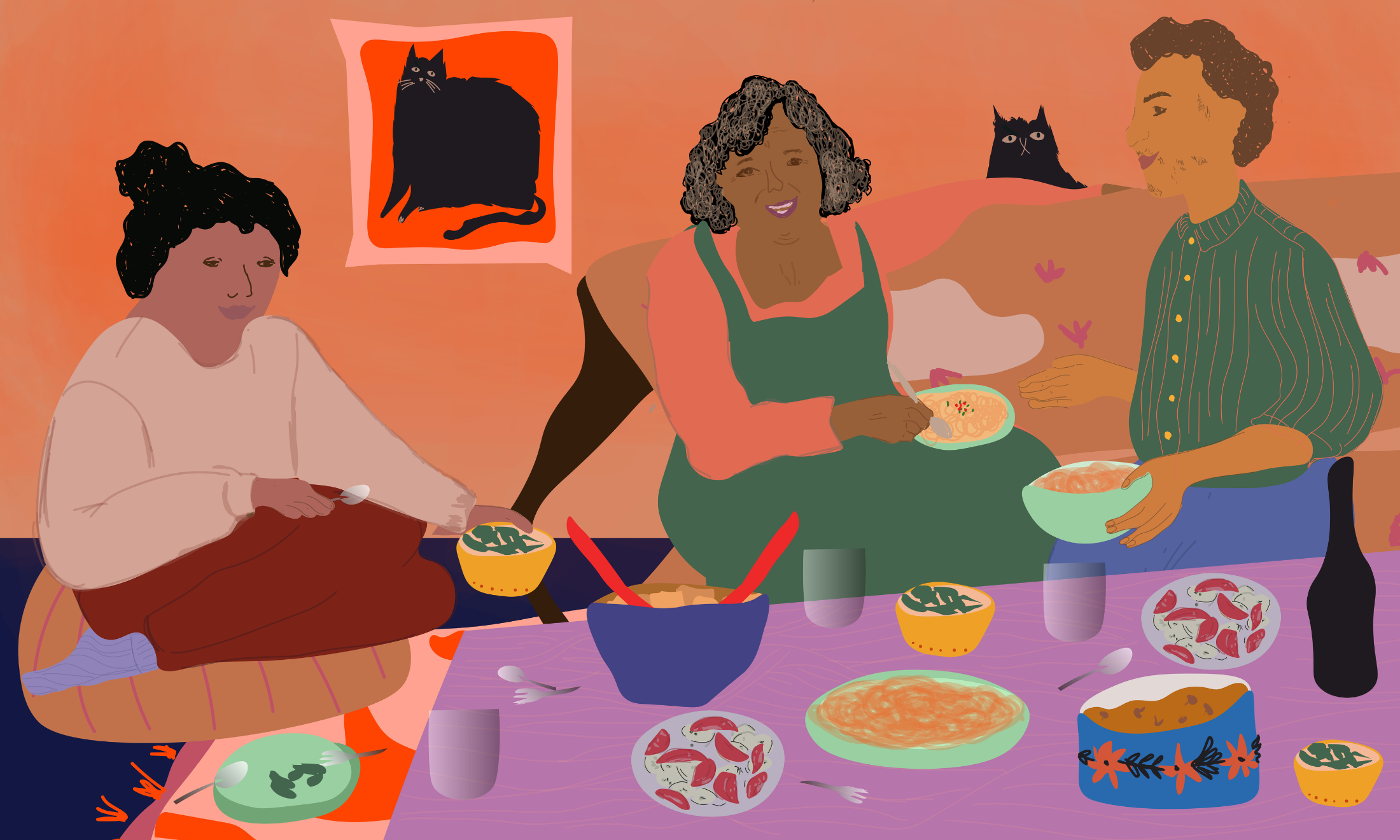
Here’s to L’Oréal: the true champions of diversity, when it suits their sales
Paula Akpan
01 Sep 2017
Over the last week, L’Oréal announced their new makeup campaign, centring inclusivity, diversity and [insert any buzzword here that will make people of colour buy your products.] With make up brands often on the receiving end of not thinking about people with darker complexions, L’Oréal introduced us to their 28 True Match brand ambassadors, all an array of hues. Amongst these ambassadors was black, trans activist and model Munroe Bergdorf, the brand’s first transgender model. It was truly a moment to see Munroe, who has worked hard for her community, get her time on the global stage and be highlighted and celebrated as a trans person of colour.
“This morning, the paper published a scathing attack on the model, citing a Facebook post Munroe had written weeks ago in response to the racist Charlottesville rally”
As ever, the Daily Mail, a rag well-versed in trash, hates to see empowered women thrive in their own right. A black woman? Absolutely not. A black trans woman activist? For the DM, it was a call to take down Munroe with every resource in their arsenal and that is exactly what they did. This morning, the paper published a scathing attack on the model, citing a Facebook post Munroe had written weeks ago in response to the racist Charlottesville rally. Munroe’s intelligent analysis of the way in which the denial of white supremacy and systematic racism all work to oppress people of colour, especially black people, was twisted and distorted into a supposed “racist rant” against white people (reverse racism doesn’t exist, stop begging oppression.)
After this deeply personal lambasting, you would think that this would be a great opportunity for L’Oréal to show much they really do value inclusivity and stand with Munroe over such ridiculous claims. Unfortunately, this was not the case and L’Oreal made it clear that the only thing they truly value is protecting their own backside.
L’Oréal champions diversity. Comments by Munroe Bergdorf are at odds with our values and so we have decided to end our partnership with her.
— L’Oréal Paris UK (@LOrealParisUK) September 1, 2017
The make-up brand claims to support diversity and tolerance towards all people and yet, when one of their ambassadors calls out white privilege for what it is, they fire her. Why? Because it isn’t palatable, because diversity is only cute and cool when it isn’t confrontational, because they only wanted Munroe to be a face, not a real-life person with real-life experiences affected by real-life systematic racism.
The worst part is that public dragging and humiliating of black people by massive media outlets isn’t new. Just a few weeks ago, we saw the exact same thing happen to Jason Osamede Okundaye when tweets he made were picked up by the Daily Mail, leading to people calling for him to be expelled from University of Cambridge and prosecuted for inciting racial hatred. In Huck Magazine, Travis Alabanza writes “We watch figures from Dianne Abbot to Jason Osamede Okundaye to Chardine Taylor-Stone, in all different spheres of work and public life, constantly having to negotiate the difficult task of speaking out and then facing the backlash…The effects this has on the mental health of people of colour in the public eye is draining, but it also leads them to lose work (and therefore finances and future opportunities).”
I notice that Cheryl Cole, convicted of punching a black toilet attendant in 2003, is also part of this campaign. Why not drop her too? https://t.co/NmLQCZcsIu
— Reni Eddo-Lodge (@renireni) September 1, 2017
As pointed out by many, Cheryl has been a L’Oréal brand ambassador since 2009 despite having been found guilty of assaulting a black toilet attendant. Apparently, this was not at odds with the brand’s values. The singer has gone on to have a lucrative career as a solo artist, spent years as an X Factor judge and has appeared on the front of British Vogue, ELLE and Harper’s Bazaar. White privilege – must be nice.
These brands can pay ‘diversity’ and ‘inclusion’ all the lip service they like – it means nothing if, when called upon, they continue to centre whiteness and its fragility.
As Munroe herself said “Empowerment and inclusivity are not trends, these are people’s lives and experiences. If brands are going to use empowerment as a tool to push product to people of colour, then the least they can do is actually work us to dismantle the source, not throw us under the bus when it comes to the crunch. At times like this, it becomes blindly obvious what is genuine allyship and what is performative.”
Click here to see a list of black-owned beauty brands more deserving of your cash.









